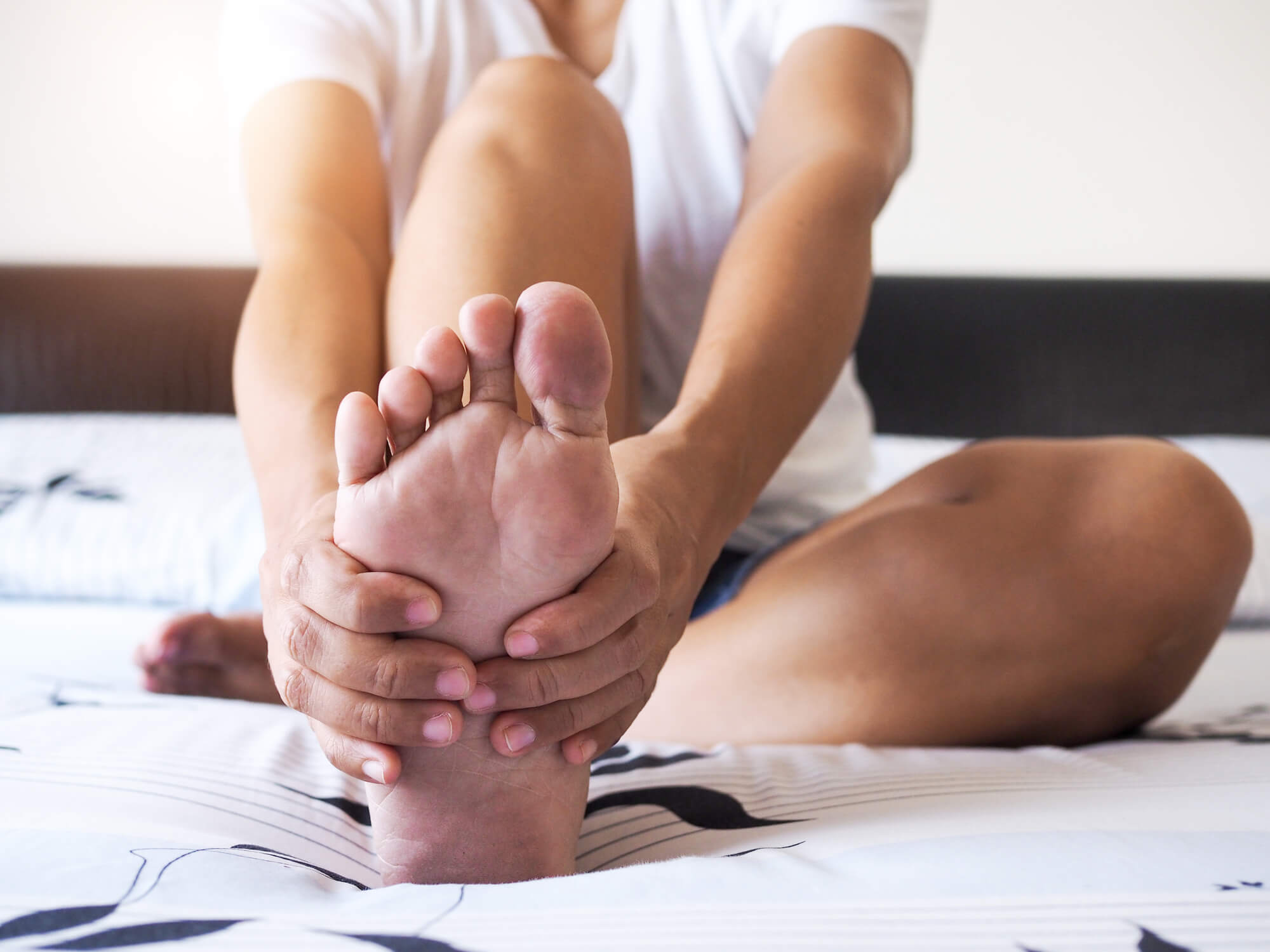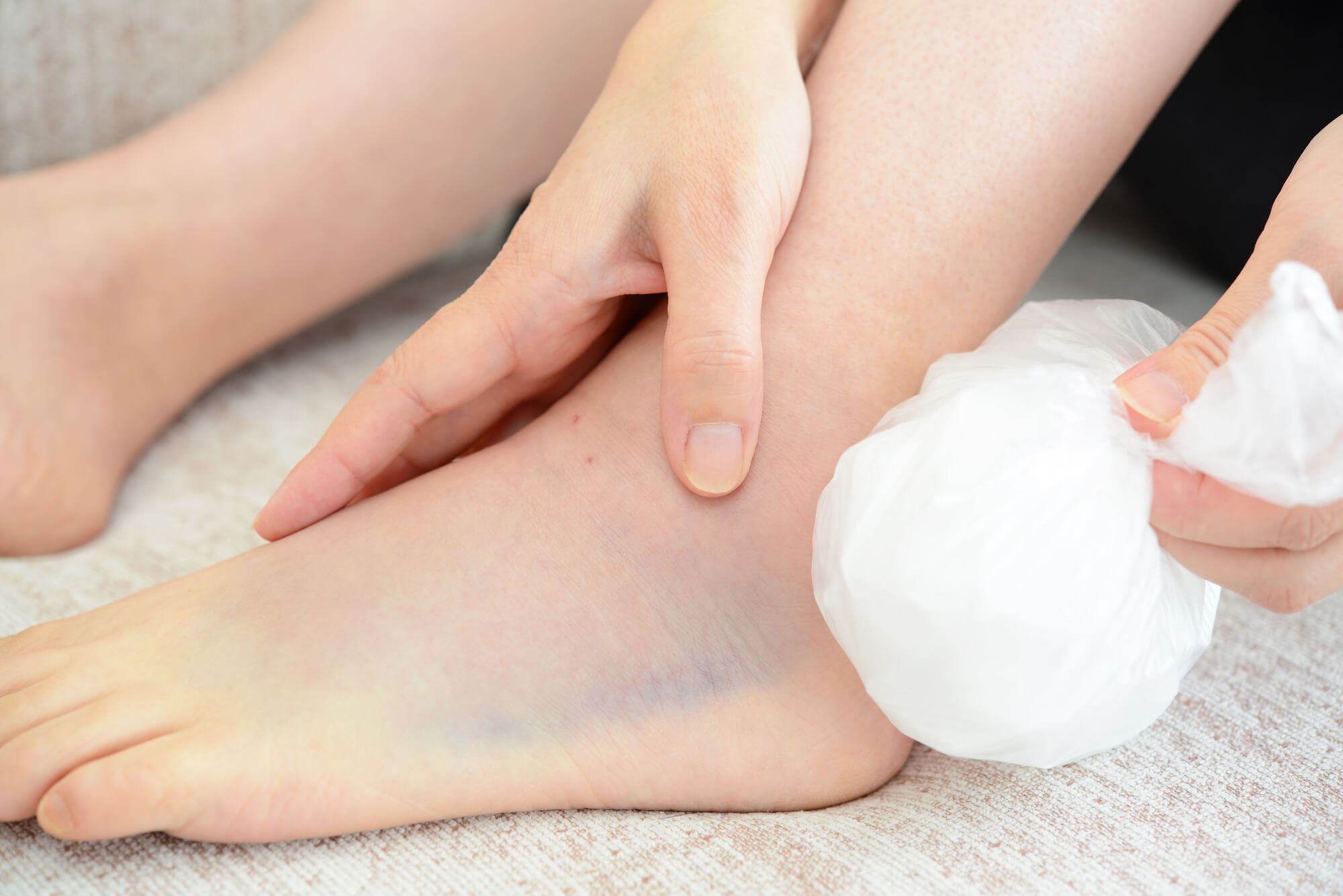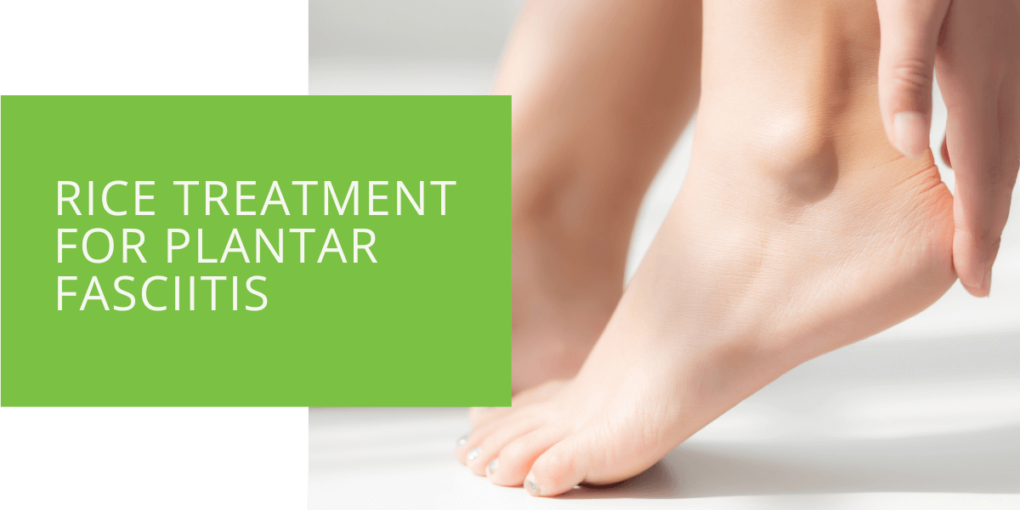RICE Treatment for Plantar Fasciitis
Plantar fasciitis is a common cause of heel pain that can be difficult to manage and relieve. The plantar fascia is a band of tissue that runs across the bottom of the foot and supports the arch. When this tissue becomes inflamed or strained, it can cause heel pain and discomfort, especially when walking or standing for long periods.
One effective treatment method for plantar fasciitis is the RICE method, an acronym for Rest, Ice, Compression, and Elevation. This method can help reduce swelling, inflammation, and pain in the foot and ankle.
In this article, we'll explain plantar fasciitis and how the RICE method can help manage the condition. We'll also provide a step-by-step guide to the RICE method and offer additional tips for managing plantar fasciitis, such as stretching and using orthotic inserts.
What is Plantar Fasciitis?
Definition and Causes
Plantar fasciitis is a condition that occurs when the plantar fascia, a band of tissue that runs across the bottom of the foot and supports the arch, becomes strained or inflamed. This can cause pain and discomfort in the heel and arch, especially when walking or standing for long periods.
Several factors can contribute to the development of plantar fasciitis, including:
- Overuse or strain, such as from running or standing for long periods
- Tight muscles in the foot and ankle
- Wearing shoes that do not provide sufficient support
- Having a high arch or flat feet
- Being overweight
- Having a job that involves a lot of walking or standing

Symptoms
The main symptom of plantar fasciitis is heel pain, which can range from mild to severe. The pain is often worse when you take your first steps after getting out of bed in the morning or sitting for a long time. The pain may also be worse after standing or walking for long periods or after exercising.
In addition to heel pain, other symptoms of plantar fasciitis may include:
- Pain in the arch of the foot
- Swelling in the foot and ankle
- Difficulty walking or standing for long periods
What is RICE Treatment?
RICE treatment is a method of managing injuries and conditions that involve swelling and inflammation, such as plantar fasciitis. The acronym RICE stands for Rest, Ice, Compression, and Elevation.
The RICE method reduces swelling and inflammation, relieves pain, and promotes healing in the injured area. It is a simple and effective treatment that can be done at home and does not require any special equipment.
The benefits of RICE treatment for plantar fasciitis include:
- Reducing swelling and inflammation
- Relieving pain and discomfort in the heel and arch
- Promoting healing in the injured area
- Improving mobility and flexibility

Step-by-Step Guide to RICE Treatment for Plantar Fasciitis
Here is a step-by-step guide to the RICE method for treating plantar fasciitis:
Rest
The first step in the RICE method is to rest the injured area. This means avoiding activities that strain the foot and ankle, such as running or standing for long periods. It is important to allow the foot and ankle to rest and heal, as overuse can exacerbate the condition and prolong recovery.
If you have to be on your feet for long periods, try to take breaks and elevate your foot whenever possible. You may also consider using a foot or ankle brace to support the injured area and reduce strain.
Ice
The next step in the RICE method is to apply ice to the injured area. Ice can help reduce swelling and inflammation in the foot and ankle and relieve pain.
To use ice as part of the RICE method, you will need an ice pack or a bag of frozen vegetables wrapped in a towel. Apply the ice pack to the injured area for 15-20 minutes at a time, several times a day. Be sure to use a towel or cloth between the ice pack and your skin to prevent frostbite.

Compression
The third step in the RICE method is to apply compression to the injured area. Compression can help reduce swelling and support the foot and ankle, reducing strain on the plantar fascia.
You can use an elastic bandage or a compression sock to apply compression to the foot and ankle. Be sure to wrap the bandage or sock snugly but not so tightly that it cuts off circulation.
Elevation
The final step in the RICE method is to elevate the injured area. Elevation can help reduce swelling and inflammation in the foot and ankle by allowing gravity to drain excess fluid away from the injured area.
To elevate the foot and ankle, prop them up on a pillow or other elevated surface when sitting or lying down. Elevating the foot and ankle while sleeping is especially important to allow optimal drainage and healing.

Additional Tips for Managing Plantar Fasciitis
In addition to the RICE method, several other techniques can help manage plantar fasciitis and relieve heel pain.
Stretching and Exercise
Stretching and exercise can help improve mobility and flexibility in the foot and ankle, which can, in turn, reduce strain on the plantar fascia. Several stretches can be helpful for plantar fasciitis, such as the calf stretch and the plantar fascia stretch. You can find videos and instructions for these stretches online or consult a podiatrist for guidance.
In addition to stretching, low-impact exercises such as swimming or biking can help strengthen the muscles without adding additional strain.
Orthotic Inserts and Shoe Support
Orthotic inserts and shoes with proper support can help alleviate strain on the plantar fascia and reduce heel pain.
Orthotic inserts go inside your shoes and provide additional support and cushioning. They can be custom-made by a podiatrist or purchased over the counter.
It is also important to wear shoes that provide proper support. Look for shoes with good arch support, a sturdy heel, and a cushioned sole. Avoid wearing shoes with high heels or no support, as these can put additional strain on the plantar fascia.
Conclusion
Plantar fasciitis is a common cause of heel pain that can be managed with the RICE method and other self-care techniques. The RICE method consists of four steps - rest, ice, compression, and elevation - and can help reduce swelling, inflammation, and pain in the foot and ankle. In addition to the RICE method, stretching and exercise, orthotic inserts, shoe support, and seeking medical attention when needed can help manage plantar fasciitis and relieve heel pain.

